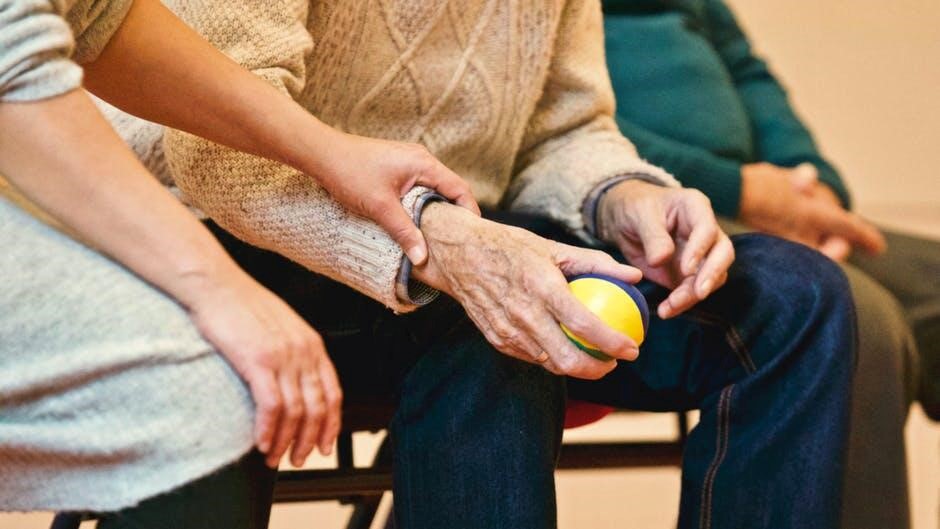Understanding the role of rehabilitation in convalescent care home is important. These places help people recover after illness or surgery. Rehabilitation means getting stronger and learning to do everyday tasks again.
Care homes provide support and activities that help with recovery. They focus on both physical and emotional healing. If you want to learn more about this topic, here are some key points to consider.
Enhancing Recovery Processes
Enhancing recovery processes is essential for patients in convalescent care. Simple and effective therapies can help speed up healing. These may include physical therapy to improve movement and strength, or occupational therapy to aid in daily activities.
A supportive environment, like those luxury senior living near Bellevue, Washington, can make a big difference. Such places often provide tailored programs and a caring atmosphere, which contribute to better recovery outcomes.

Supporting Independence
Supporting independence is key for patients in convalescent care. It helps them feel more in control. Senior care services offer help to encourage self-sufficiency. This can include teaching daily tasks like bathing and dressing.
Staff members provide guidance while still letting patients do things on their own. This balance builds confidence and skills. Activities are tailored to each person’s abilities. The goal is to help them regain the freedom they once had.
Fostering Emotional Well-Being
Fostering emotional well-being is vital in convalescent care. Patients may feel lonely or anxious during recovery. Providing a supportive environment can help ease these feelings. Activities like group therapy or social events encourage connections among residents.
It allows them to share experiences and support each other. Additionally, elderly care solutions often include access to mental health professionals who can offer guidance.
Collaborating With Multidisciplinary Teams
Working together is very important in convalescent care. Different experts come together to help patients. This can include doctors, nurses, therapists, and social workers. Each person brings special skills.
They share ideas to make the best plan for each patient. Meetings are held to discuss patient needs. This way, everyone is on the same page. Good communication helps improve care. When these teams work well together, patients can recover better.
Promoting Physical Activity
Promoting physical activity is very important in convalescent care. Exercise helps patients get stronger and feel better. Simple exercises like walking, stretching, or chair workouts can make a big difference. Staff can help create fun programs that encourage movement.
Even small amounts of activity can boost mood and health. The goal is to help patients stay active in a safe way. Activities should match each person’s ability. This makes it easier for them to join in and enjoy the benefits of being active.
Nutrition and Dietary Support
Nutrition and dietary support are key parts of recovery in convalescent care. Good food helps the body heal. It gives energy and important nutrients. Care homes often provide meals that are healthy and tasty. Staff members can help plan diets for each person’s needs.
They consider special health conditions or allergies. Compassionate senior care includes understanding what patients like to eat. This helps them enjoy their meals and feel better. Providing support in nutrition is a big step towards complete recovery. Healthy food choices lead to stronger bodies and improved moods.
Learn All About Convalescent Care Home
In conclusion, a convalescent care home plays an important role in helping people recover. They focus on physical and emotional health. Support from staff and activities can boost recovery.
Good food and exercise are key parts. Overall, these homes help patients feel better and get back to daily life. This support makes a big difference during recovery.
Visit our blog for more!

